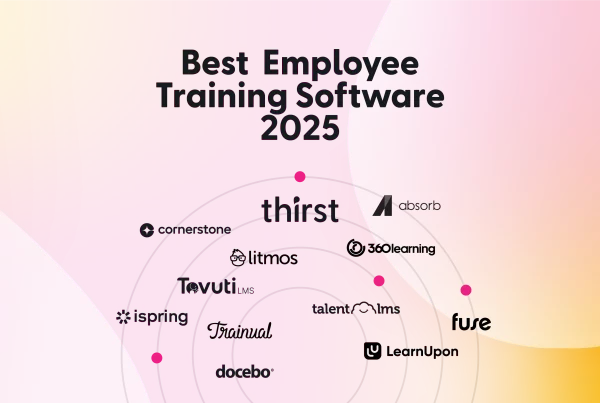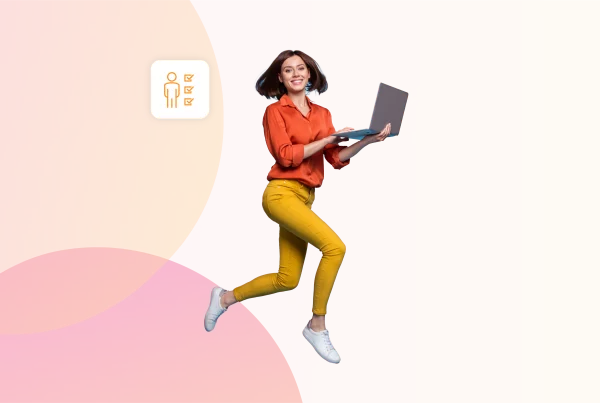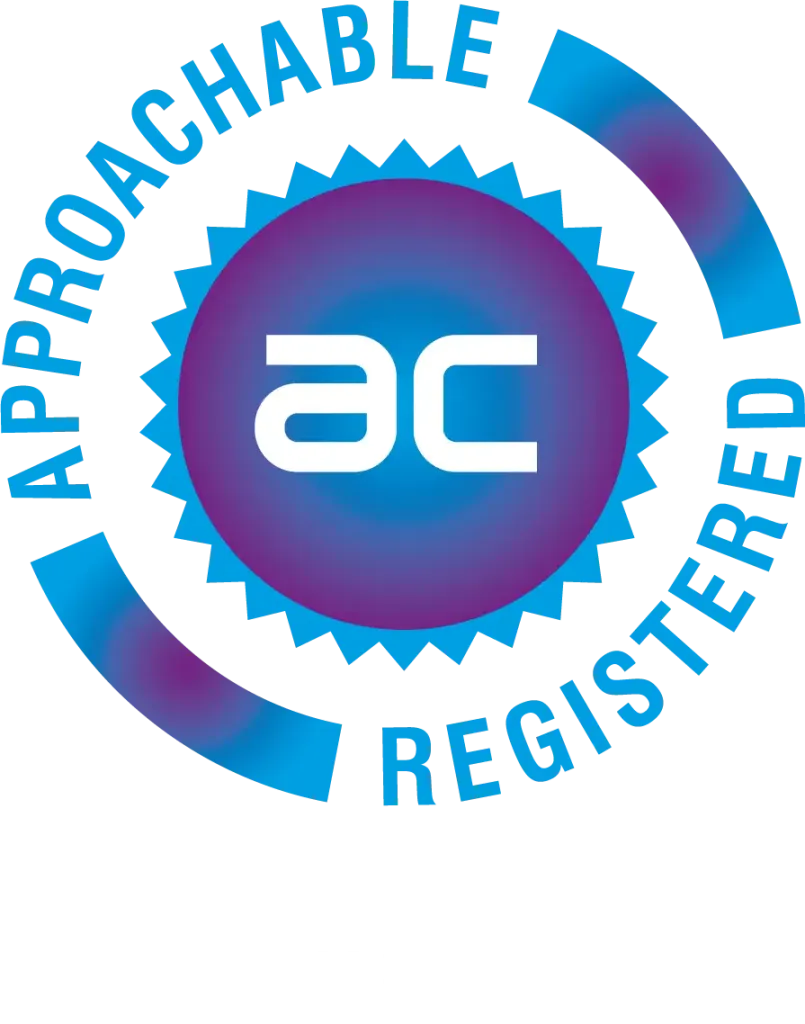Trying to learn something new as an adult can be challenging. We have so much to juggle and remember on a daily basis; our cogs are constantly turning with thoughts of work, family, friends, home, bills and countless other things, but that doesn’t mean our Thirst for knowledge ever stops.

Despite our brains feeling pretty full most of the time, our yearn to learn continues throughout our personal and professional lives on a daily basis and luckily, we live in a time that means it’s entirely possible to keep consuming information despite feeling like we’re at capacity.
Making room for a big old chunk of brand-new knowledge can almost feel impossible, but as the age-old saying goes, how do you eat an elephant? One bite at a time, and the same principle can be applied to consuming new information. It’s called microlearning.

What is microlearning?
Microlearning is exactly what it sounds like; the consumption of knowledge in short (or micro) bursts. The ideal length for microlearning content is 10 minutes or less but can be as short as one minute. Typically, microlearning comes in video format, but can be presented in any short, easy-to-digest format such as a podcast, an infographic or fact sheet.

Is microlearning new?
No, the concept of microlearning isn’t new and actually we all use microlearning more than you might think. Have you ever watched a YouTube video to find out how to remove a stain, make a cocktail, or put up a shelf? That’s microlearning! Watching a short tutorial in order to complete a goal or task is exactly the kind of learning that microlearning is, and since the invention of the smartphone where we can watch whatever we want, whenever we want, it has become something we all do all of the time, and in many instances don’t even realise.
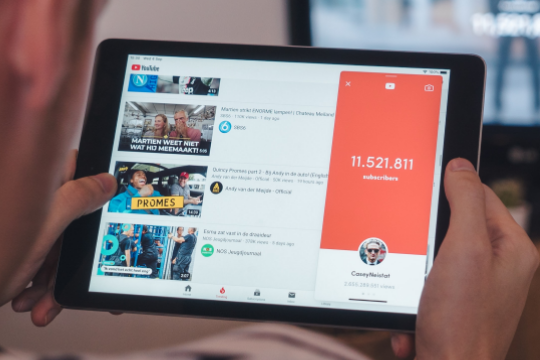
What are the benefits of microlearning?
Our brains can only absorb and process a certain amount of information at any given time. Despite being a smart species, we have our limits, and our memory and ability to retain information will only extend so far. One of the huge plus points of microlearning is that by consuming a bitesize amount of information which we can then apply easily and effortlessly, we will (ideally) convert what we’ve learnt from our short-term to our long-term memory which means it should stick.
Microlearning also means we don’t run the risk of getting bored, distracted, or mentally fatigued by too much information coming at us at once. How many training courses have you come away from having remembered everything you were told? Our guess is zero. How many videos have you watched that taught you a brand-new skill that you still remember today? We’re guessing a lot more than zero.
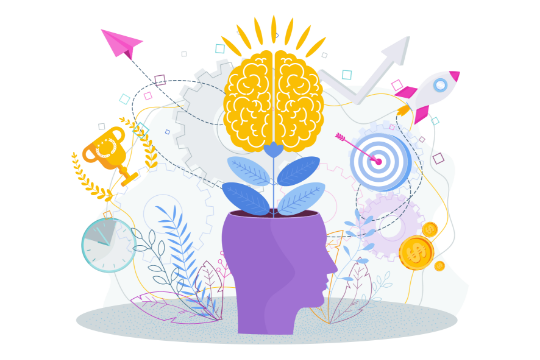
Another big plus point of microlearning is that it can take place anywhere thanks to our phones and mobile data so we don’t need to plan or think too much about finding the time to sit down and study for hours on end. Pretty handy for those of us who are constantly on the go without much downtime.
The challenges of microlearning
Microlearning may not always be possible, for example when tackling big or complex problems. A trainee surgeon might need a slightly longer course when it comes to learning open-heart surgery, but that’s not to say that some of the principles of microlearning can’t be applied to remember small chunks of information relating to something bigger.

Creating microlearning content can also be difficult to do well. Trying to put forward enough valuable information when limited to a short word count or video length can sometimes result in not enough detail being provided about the subject matter. Gathering learner feedback and allowing learners to interact with, comment on and share content they’ve found useful is a one way to help with this challenge as it helps ensure decent and valuable content is being consumed by your employees. With Thirst, your team can do just this, and cultivate a real culture of learning.
Summary
We live in a time where we can enter a world of information at the touch of a button, and we can quickly find the answer to most questions we have. Despite our constant consumption of information, we continue with a need to learn more, and offering employees access to a platform that allows them to learn about subjects that interest them, improve their skills and knowledge in areas they wish to improve, and consume information exactly the way prefer, means they’ll be on an educational journey that they actually want to be on. By tailoring content and making it available in bitesize articles, blogs, podcasts and videos on their personalised dashboards, your team will begin to realise just how exciting their L&D and professional growth journey can be.

